When you're new to skiing, choosing the right skis can make or break your experience. Beginner-friendly skis are all about making things easier for you. Here's what to look for:
- Shorter Length: Easier to control and turn. Think 44–120 cm compared to the usual 150–200+ cm.
- Lightweight Design: Less tiring, so you can focus on learning instead of battling heavy gear.
- Soft Flex and Tip Rocker: More forgiving of mistakes and smoother turns.
- Adjustable Bindings: Works with regular winter shoes or snowboard boots, saving you money and hassle.
- All-Terrain Use: Handles slopes, parks, or even your backyard.
If you're overwhelmed by big-name brands like Rossignol or Atomic, consider options like Snowfeet. Their compact, lightweight designs make skiing less intimidating and more fun for beginners. Plus, they’re budget-friendly, starting at $150 compared to traditional setups that can hit $1,000+.
Pro Tip: Start with shorter, lighter skis to build confidence faster. Snowfeet’s skiblades and skiskates are great for this, offering flexibility for different terrains without needing extra gear. Ready to hit the slopes? Let’s make your first ski trip a blast!
Buying skis: Complete guide for beginners - SkatePro Guides
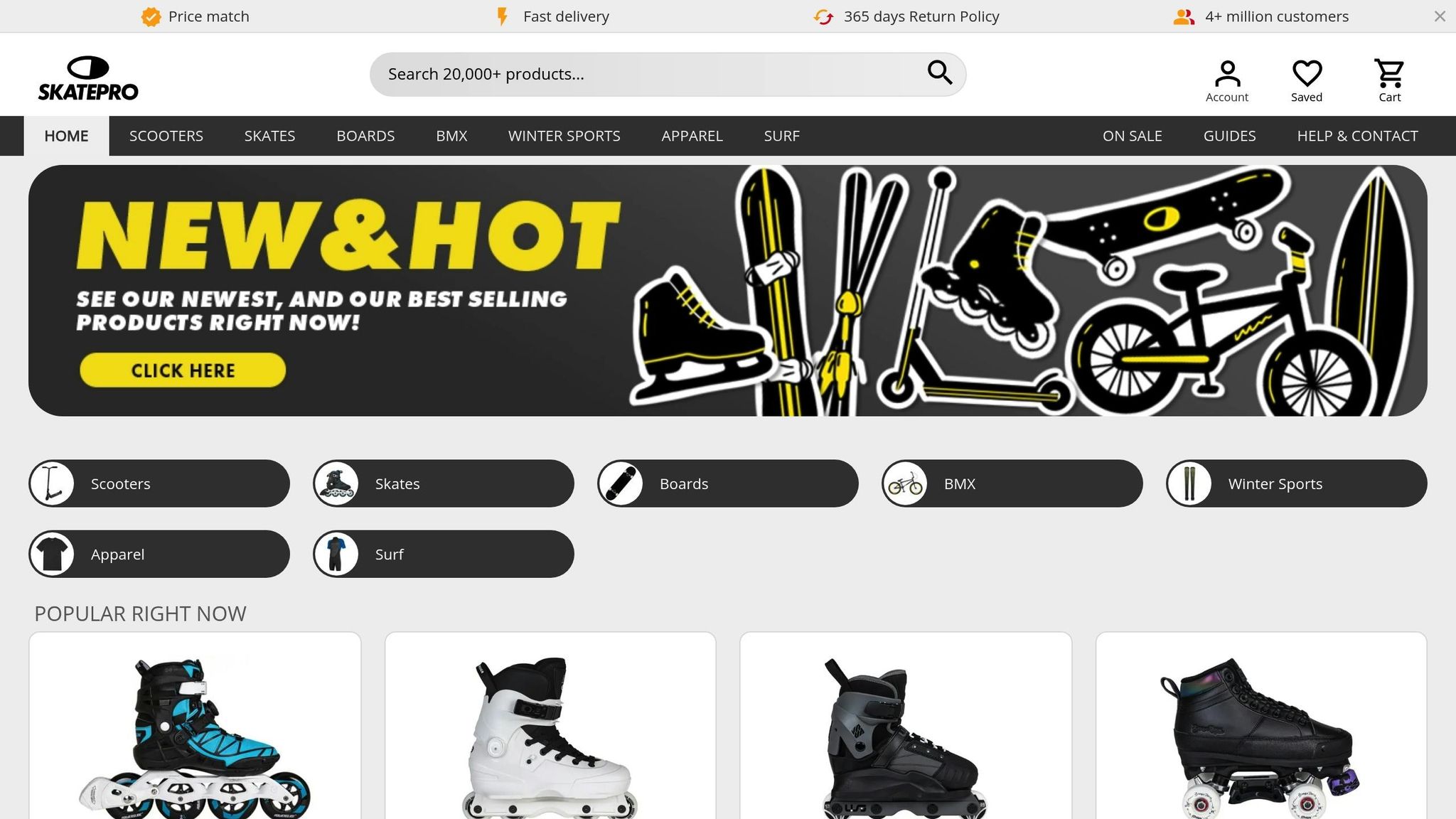
Key Features of Beginner-Friendly Skis
When you're picking out your first pair of skis, certain features can make all the difference. These design elements can help you feel more in control, making it easier to learn and enjoy the slopes without feeling overwhelmed. Let’s dive into what makes skis beginner-friendly.
Shorter Length
One of the first things you'll notice with beginner skis is their length. Traditional skis from brands like Rossignol, Atomic, and Head typically measure between 140 and 180 cm. Beginner options, however, are much shorter. Take Snowfeet* products, for example - their Skiskates are just 44 cm long, and their Skiblades range from 65 to 120 cm. Why does this matter? Shorter skis are easier to handle, making turns and stops less of a workout. Plus, they’re much more forgiving as you work on your technique.
Lightweight Design
Ski weight is another key factor, especially if you're new to the sport. Traditional skis can feel heavy, which can wear you out fast - especially when you're still building up your strength. Lightweight skis, like those from Snowfeet*, make a big difference. They’re easier to maneuver and less tiring to use, so you can focus on improving your skills instead of battling fatigue.
Soft Flex and Tip Rocker
A softer flex in a ski means it bends more under pressure, which is great for beginners. Why? Because it’s more forgiving when you make mistakes. If you lean too far forward or backward, a soft ski won’t punish you as much. Add a tip rocker - a slight upward curve at the ski’s front - and you’ve got a setup that makes turning smoother and helps the ski glide over snow. While traditional brands like Head and Elan incorporate these features into their beginner lines, they often stick with longer and heavier designs. Snowfeet*, on the other hand, combines soft flex and tip rocker with a compact, user-friendly design.
Adjustable Bindings
Bindings are often overlooked but are super important. Snowfeet* stands out here with its adjustable bindings. Unlike standard ski bindings that require specialized ski boots (which can be pricey and bulky), Snowfeet* products work with regular winter shoes, snowboard boots, or ski boots. This makes them way more accessible for beginners. Plus, adjustable bindings grow with your skills, offering both safety and improved performance as you progress.
All-Terrain Use
When you’re just starting out, you’re likely to encounter all sorts of snow conditions. That’s why versatility is key. While many traditional skis are designed for specific terrains - like groomed runs or powder - beginner-friendly skis need to handle a bit of everything. Snowfeet* products shine here. They perform well on groomed slopes, in terrain parks, or even in your backyard. Their compact size also makes them easy to carry and store - no need for bulky ski bags or roof racks. In fact, they often fit in a regular backpack. This versatility means you can practice wherever you are, building skills and confidence in a variety of settings.
Snowfeet* vs. Standard Ski Brands: A Beginner's Perspective
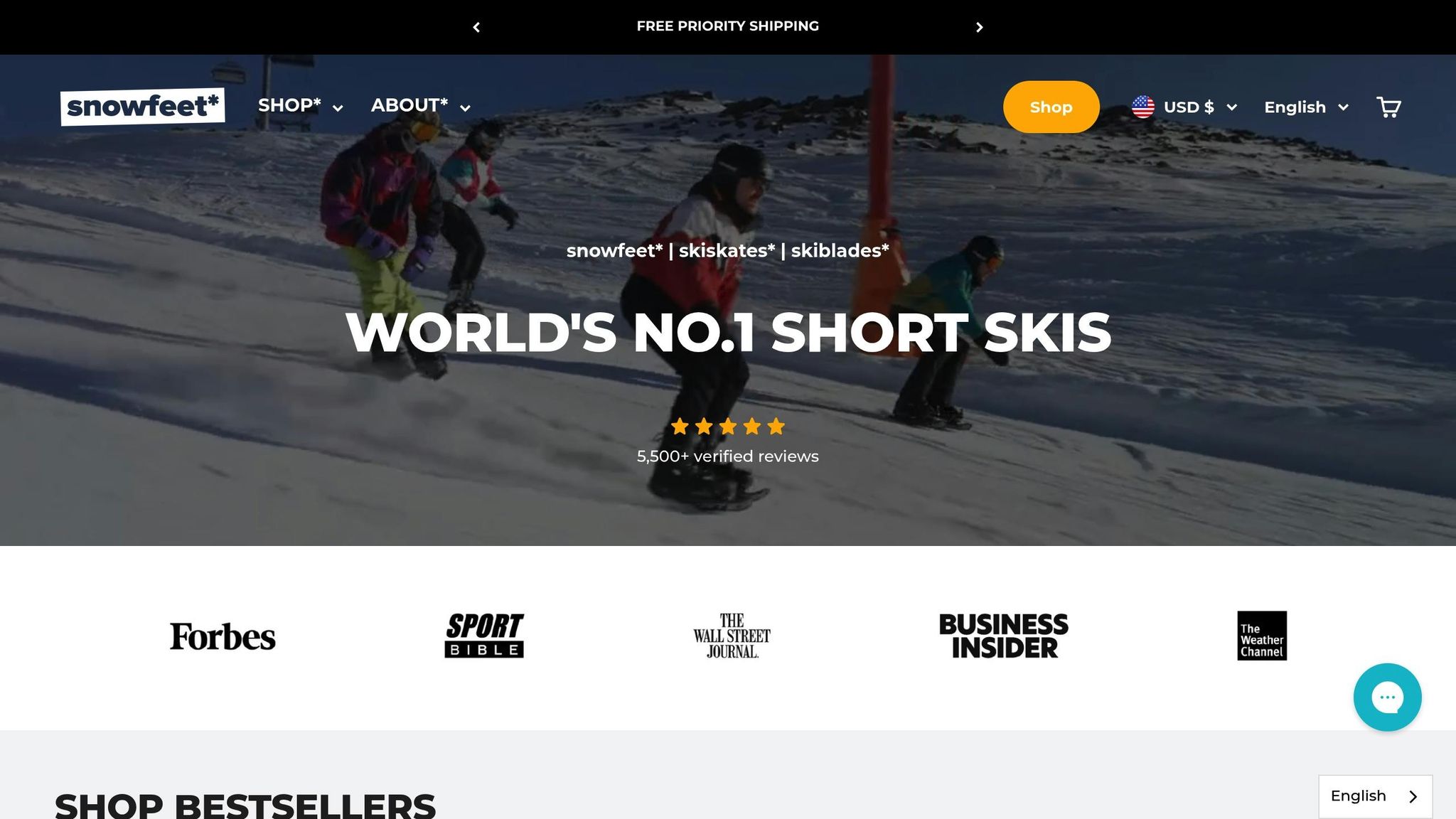
When you're picking out your first skis, the choice between Snowfeet* and traditional ski brands becomes pretty clear. These two options cater to very different needs, especially for beginners. Let’s break down why Snowfeet* could make your learning experience way smoother.
Comparison Table: Snowfeet* vs. Standard Skis
| Feature | Snowfeet* Skiblades/Skiskates | Standard Skis (Rossignol, Atomic, etc.) |
|---|---|---|
| Length | 44–120 cm | 150–200+ cm |
| Weight | Very lightweight | Heavier |
| Learning Curve | Easy to pick up | Steeper, requires lessons |
| Boot Compatibility | Works with winter shoes & snowboard boots | Needs dedicated ski boots |
| Portability | Fits in a backpack | Requires a ski bag |
| Terrain Use | Slopes, parks, trails, backyards | Mostly groomed slopes |
| Price Range (USD) | $150–$690 | $300–$1,000+ |
The table speaks for itself. Traditional skis are longer - starting at 150 cm and going well beyond 200 cm. In contrast, Snowfeet* keeps it compact, with their longest model topping out at just 120 cm. These differences make a big impact, especially for those just starting out.
Why Snowfeet* Works So Well for Beginners
Learn Quickly Without the Stress of Lessons
With traditional skis, you’re often looking at formal lessons to master their longer and more demanding design. Snowfeet*, on the other hand, offers a compact, intuitive setup that’s much easier to handle right out of the gate.
"These skiblades are so much fun and easy to control. Never going back to regular skis." – Andrew B.
Build Confidence and Stay Safe
Shorter skis feel less intimidating, plain and simple. Their lightweight build and forgiving design mean falls are less harsh, making it easier to get back up and keep going.
Take Them Anywhere
While brands like Rossignol and Atomic focus on groomed slopes, Snowfeet* products are versatile. You can use them on slopes, in parks, on trails, and even in your backyard. They’re perfect for mixing things up.
No Extra Gear Needed
Forget the hassle of dedicated ski boots. Snowfeet* works with winter shoes or snowboard boots - gear you probably already own. Plus, they’re small enough to fit in a backpack, so you can ditch the bulky equipment.
Loved by Users Everywhere
Snowfeet* has earned a stellar 4.9 out of 5 rating from over 5,500 verified reviews.
"Absolute game-changer! They're light, fast, and incredibly fun to ride." – Nathan F.
Affordable for Beginners
Traditional ski setups can easily cost $300–$1,000 or more, not including boots, bindings, and other extras. Snowfeet* offers a much more budget-friendly option, with packages starting at $150 and going up to $690 for advanced models. It’s an easy way to dip your toes into skiing without draining your wallet.
Snowfeet* takes a fresh approach to skiing, focusing on making the sport more accessible, less intimidating, and, most importantly, fun for everyone. For beginners, it’s a no-brainer.
sbb-itb-17ade95
How to Choose Your First Skis
Picking out your first skis doesn’t have to be a nerve-wracking experience. The key is to focus on features that make learning easier and more enjoyable. Start by looking for shorter, lighter skis, adjustable bindings, and options that match the kind of terrain you plan to tackle. Let’s break down the essentials - size, binding compatibility, and terrain suitability - to help you make the right choice.
Go for Shorter and Lighter Skis
Shorter skis are a beginner’s best friend. They make turning easier, stopping quicker, and handling more manageable. For example, Snowfeet* offers a range of shorter skis designed for maximum control. Their Skiskates, at just 44 cm, are incredibly nimble. Skiblades, available in 65 cm and 99 cm lengths, strike a balance between control and stability. If you’re looking for something closer to the feel of traditional skis, their 120 cm Short Skis are a great option.
Lighter skis are another must-have for beginners. Heavy skis from brands like Rossignol or Atomic can feel clunky and make every move harder than it needs to be. Snowfeet* products are designed to be lightweight, so you can focus on improving your skills instead of struggling with your gear.
Prioritize Adjustable Bindings
Bindings might not be the first thing you think about, but they’re critical for a smooth skiing experience. Adjustable bindings are especially helpful when you’re just starting out. Snowfeet* bindings, for instance, work with your regular winter boots, saving you from splurging on pricey ski boots right away. Plus, their non-release bindings are simple to use and don’t require professional adjustments, making them ideal for beginners.
Match Your Skis to the Terrain
Where do you plan to ski? That’s a big factor in choosing the right pair. Traditional skis from brands like Head or Elan are often built for groomed slopes, but as a beginner, you might want something more versatile. Snowfeet* offers options for a variety of terrains. Skiblades are perfect for smooth, groomed runs, while Skiskates are great for mixed terrain. If you’re after a more classic skiing experience, Short Skis are your go-to. Snowfeet* products even work in snowparks, on hiking trails, or, for fun, in your own backyard.
When starting out, pick skis that make you feel confident, not overwhelmed. Shorter, lighter models that work with your current gear and adapt to different terrains are a solid choice. They’ll help you build skills and enjoy your time on the slopes without unnecessary stress.
Conclusion: Why Beginner-Friendly Skis Make a Difference
The right skis can completely change your first time on the slopes. Features like a shorter length, lightweight build, and the ability to handle different terrains all play a huge role in how quickly you pick up the sport, how confident you feel out there, and - most importantly - how much fun you have.
Take Snowfeet* products, for example. Their Skiskates are just 17 inches (44 cm) long, and their Skiblades range from 26 to 39 inches (65–99 cm). Plus, they weigh less than 6.6 pounds (3,000 grams) per pair. That super-lightweight design makes them easy to handle, improves your control, and helps you avoid getting tired too quickly. As the Snowfeet Team puts it:
"The short length means you're not battling to manage long tails, which gives you a sense of stability and control right from the start." – Snowfeet Team
This compact design is a game-changer for beginners, making it easier to find your footing and focus on enjoying the ride.
But it’s not just about size and weight - versatility is key too. Beginner-friendly skis like Snowfeet* are built for more than just groomed trails. Whether you’re cruising down smooth slopes, trying out tricks in the snowpark, or even gliding around your backyard, these skis handle it all. That adaptability helps you build confidence fast, no matter where you’re skiing.
Finally, compact skis take the fear out of learning. Long, traditional skis can feel intimidating, but shorter, beginner-focused designs make it easier to stay in control. They’re intuitive, approachable, and just plain fun to use.
When you opt for skis made with beginners in mind - like Snowfeet*, which even work with your regular winter boots - you’re setting yourself up for success. With their compact size, lightweight feel, and all-terrain capability, Snowfeet* products are perfect for anyone starting out. You’ll spend less time wrestling with heavy gear and more time actually enjoying the slopes, turning what could be a stressful learning curve into an exciting adventure.
FAQs
What are the advantages of beginner-friendly skis like Snowfeet compared to traditional brands such as Rossignol or Atomic?
Beginner-friendly skis like Snowfeet are crafted to make learning to ski a breeze. They’re lightweight, easy to control, and prioritize safety - perfect for those just starting out. Unlike traditional skis from brands like Rossignol or Atomic, which are often longer and built for experienced skiers chasing performance, Snowfeet’s compact design feels less overwhelming and more forgiving for newcomers.
Snowfeet offers options like the Skiblades (available in 65 cm, 99 cm, and 120 cm) and Skiskates (44 cm). These shorter skis are not only super portable but also easier to handle, giving beginners a smoother ride and a quicker path to confidence on the slopes. If you're new to skiing, Snowfeet makes hitting the snow fun and stress-free.
How do adjustable bindings on beginner-friendly skis make learning easier and safer?
Adjustable bindings are a big plus for beginners. They let you tweak the fit to match your needs, making your time on the slopes more comfortable and secure. Plus, they’re a safety win - properly adjusted bindings are designed to release during a fall, which can help lower the chance of injury.
Take Snowfeet products, for example. Their compact skiblades and skiskates come with easy-to-adjust bindings that are perfect for those just starting out. Unlike the traditional long skis you’ll see from brands like Rossignol or Atomic, Snowfeet’s shorter design, combined with these adjustable bindings, makes learning less overwhelming. It’s all about making it easier to get the hang of things so you can dive into the fun right away.
Are beginner-friendly skis like Snowfeet suitable for different terrains, and how do they compare to traditional skis?
Yes, Snowfeet skis are built to handle a range of terrains, from groomed slopes to snowparks and even light backcountry areas. Thanks to their compact and lightweight design, they’re super easy to control - making them an awesome choice for beginners who want to ease into skiing without feeling overwhelmed. Plus, they’re a fantastic option if you’re after something more portable and versatile than traditional skis or snowboards.
When you stack them up against standard skis from brands like Rossignol or Atomic, Snowfeet stand out for their convenience and simplicity. Sure, traditional skis might shine in deep powder or at high speeds because of their length and specialized build, but Snowfeet’s shorter design makes them way less intimidating - perfect for casual users or anyone tackling mixed terrain. For beginners, this translates to less stress and more fun out there on the slopes!

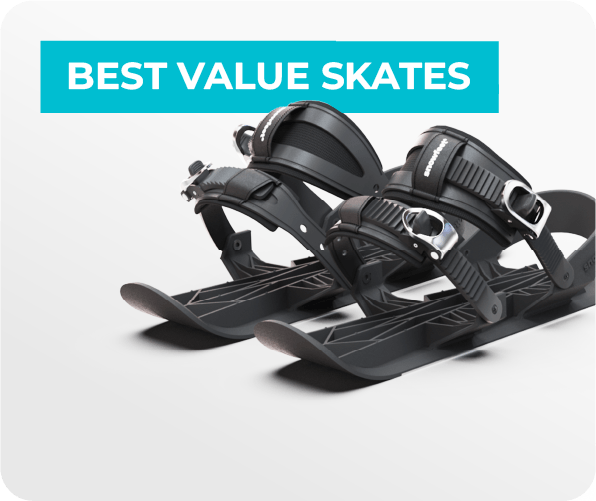



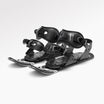
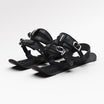
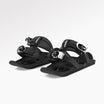
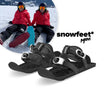

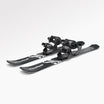

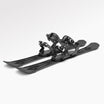
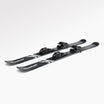






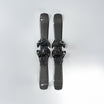
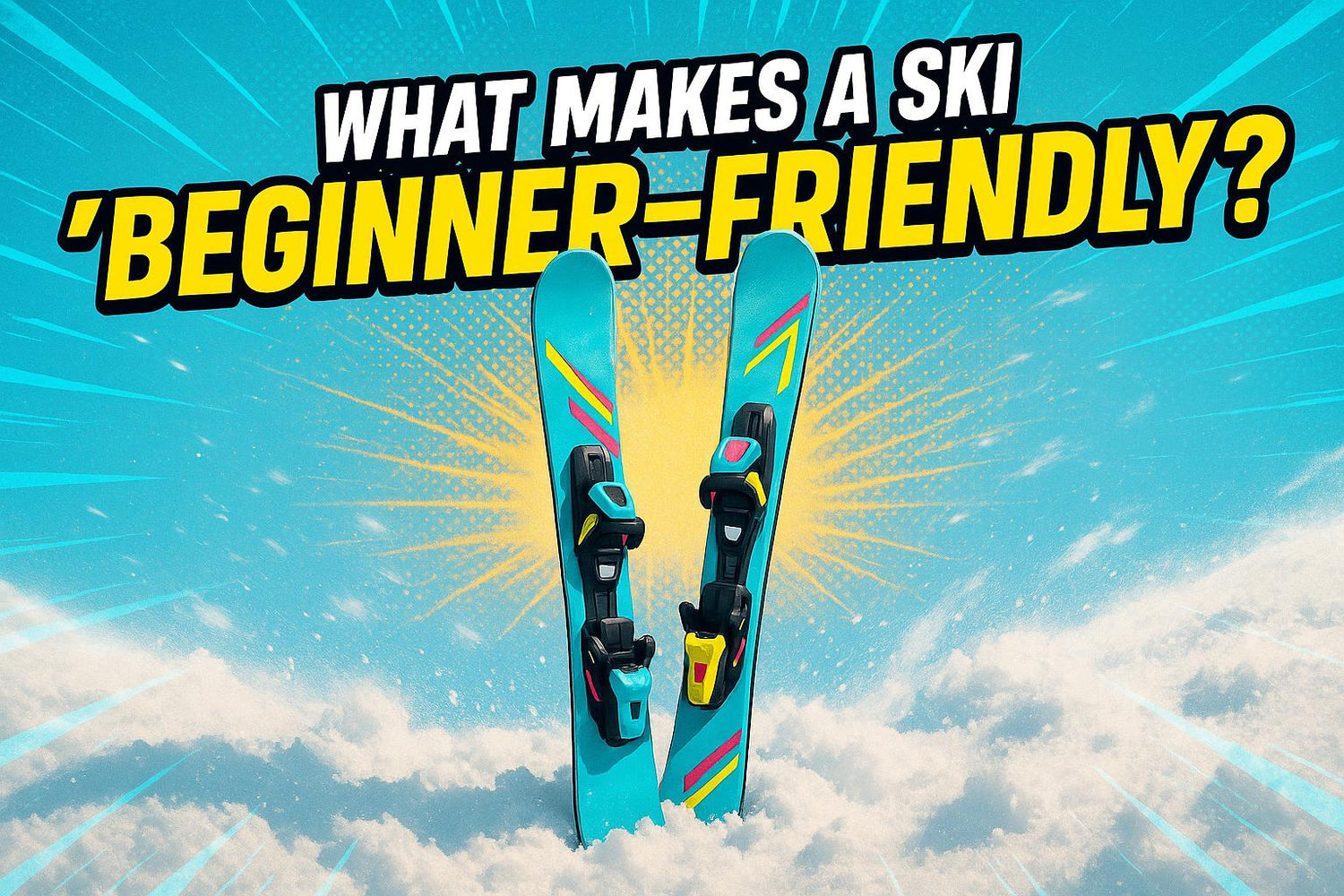
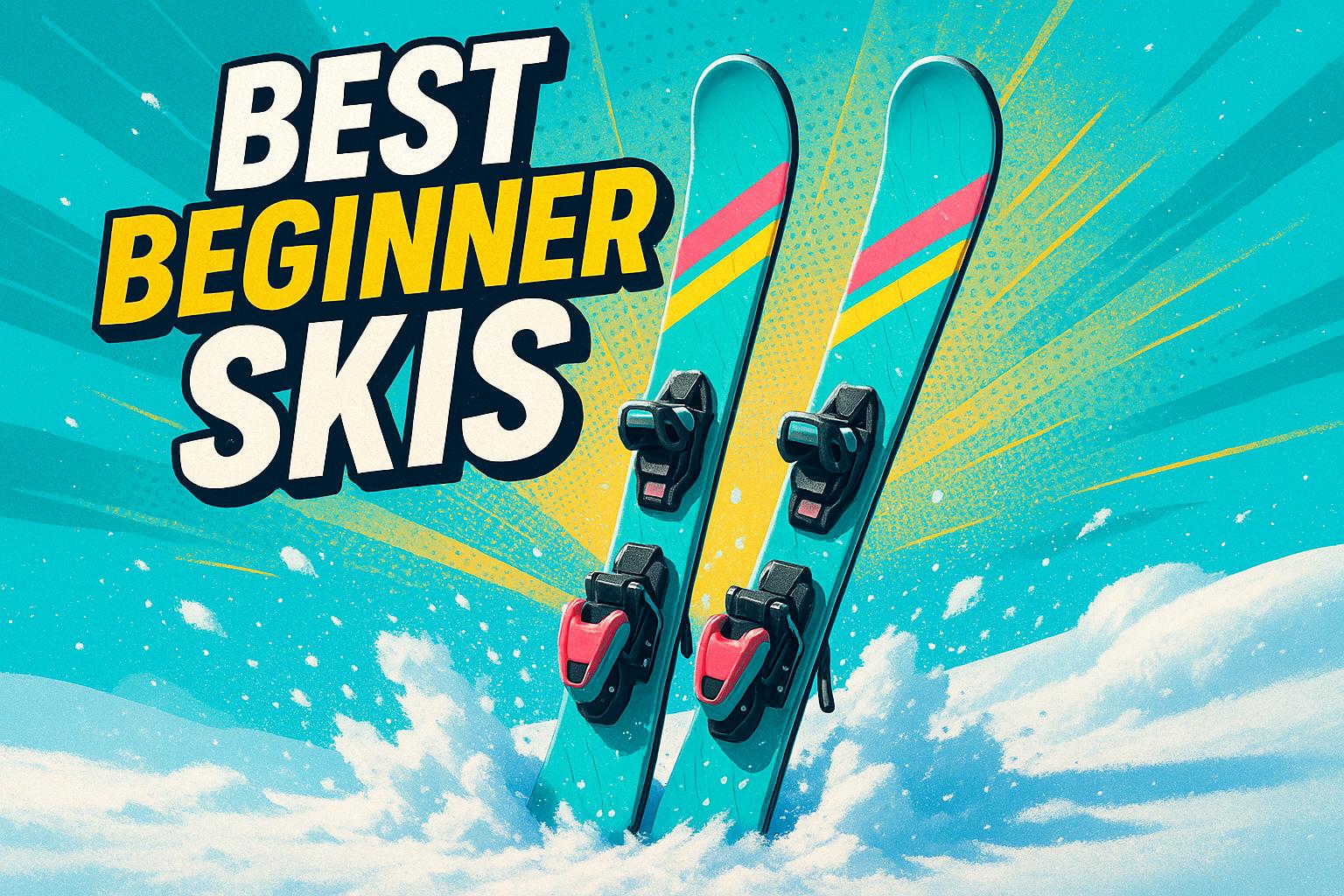
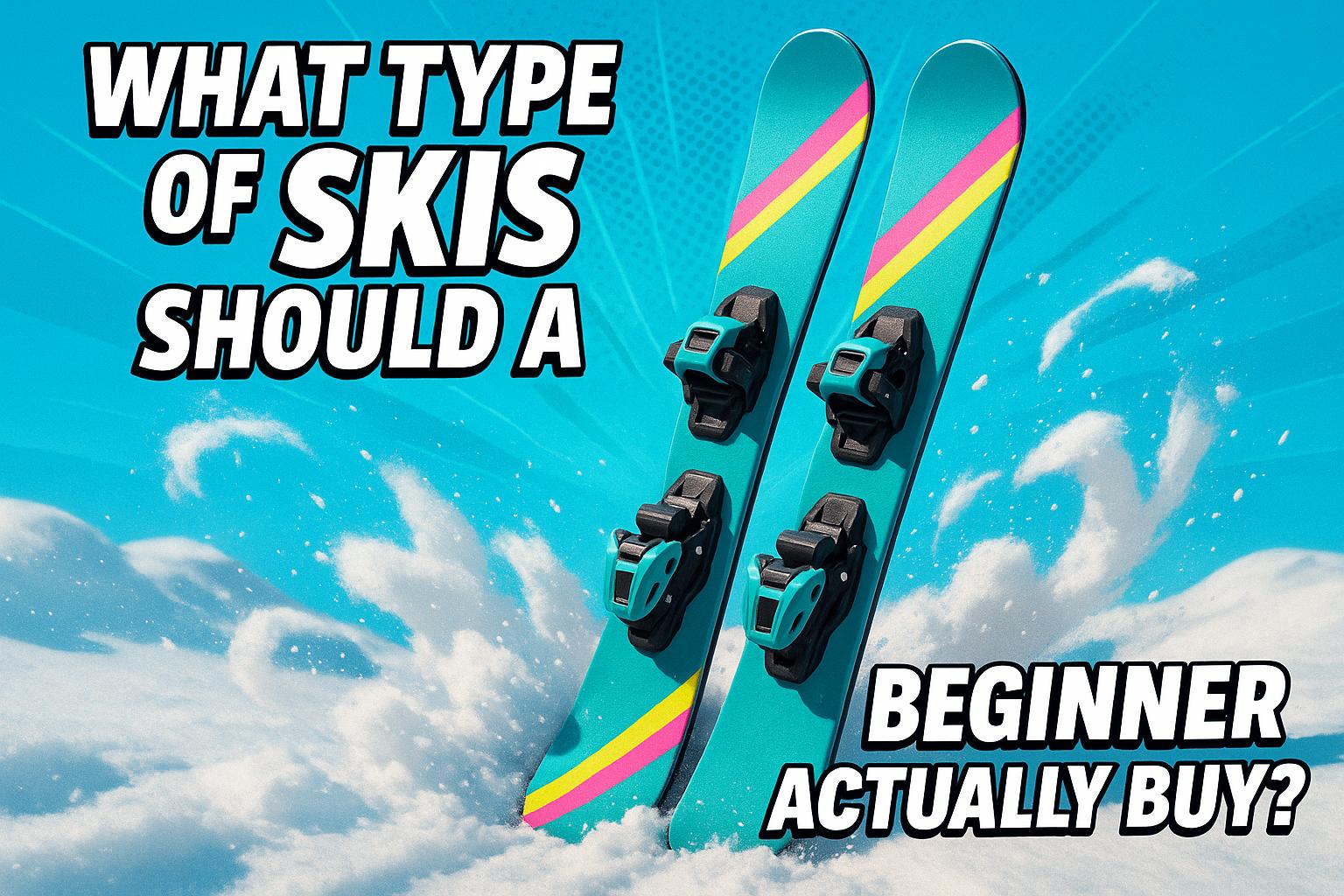
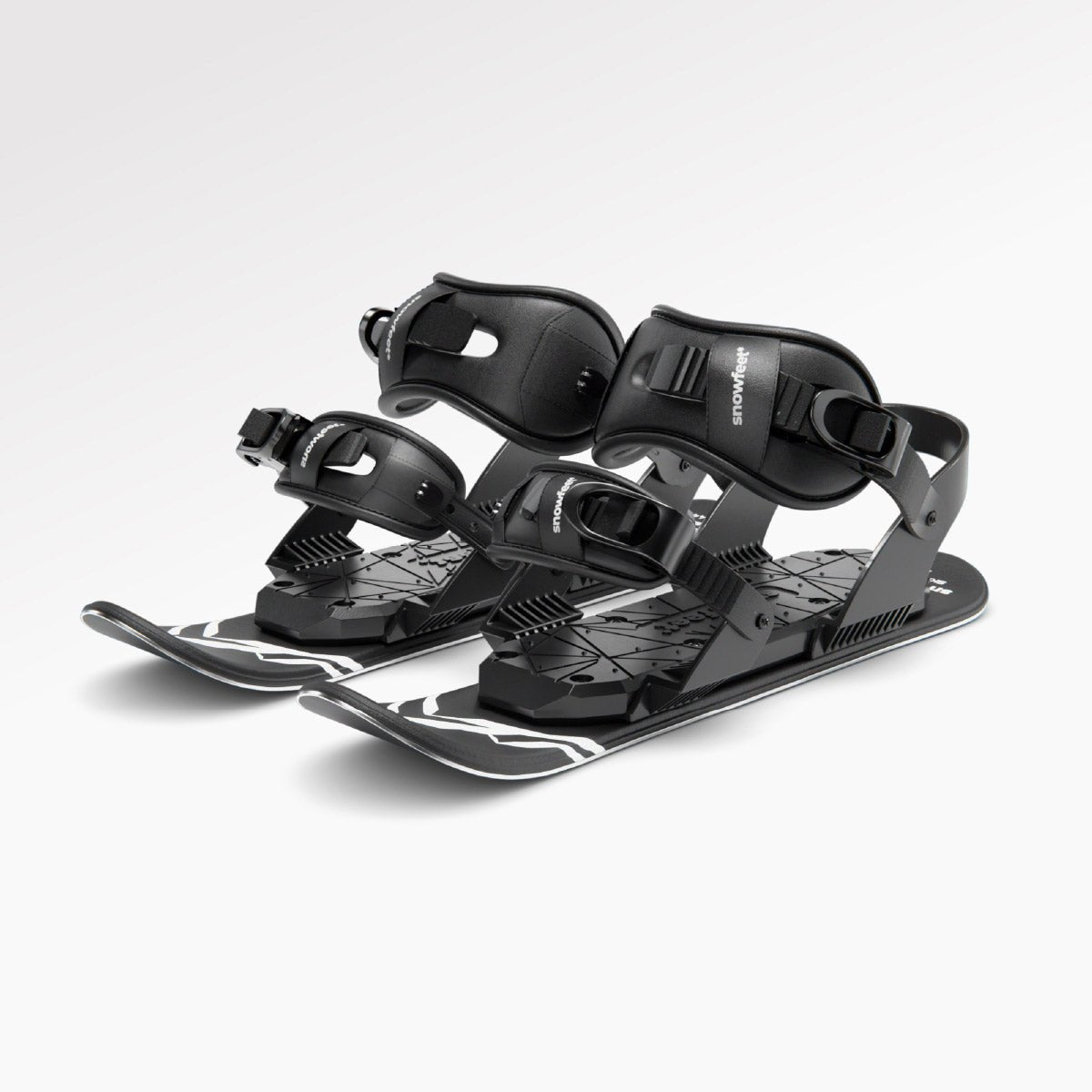
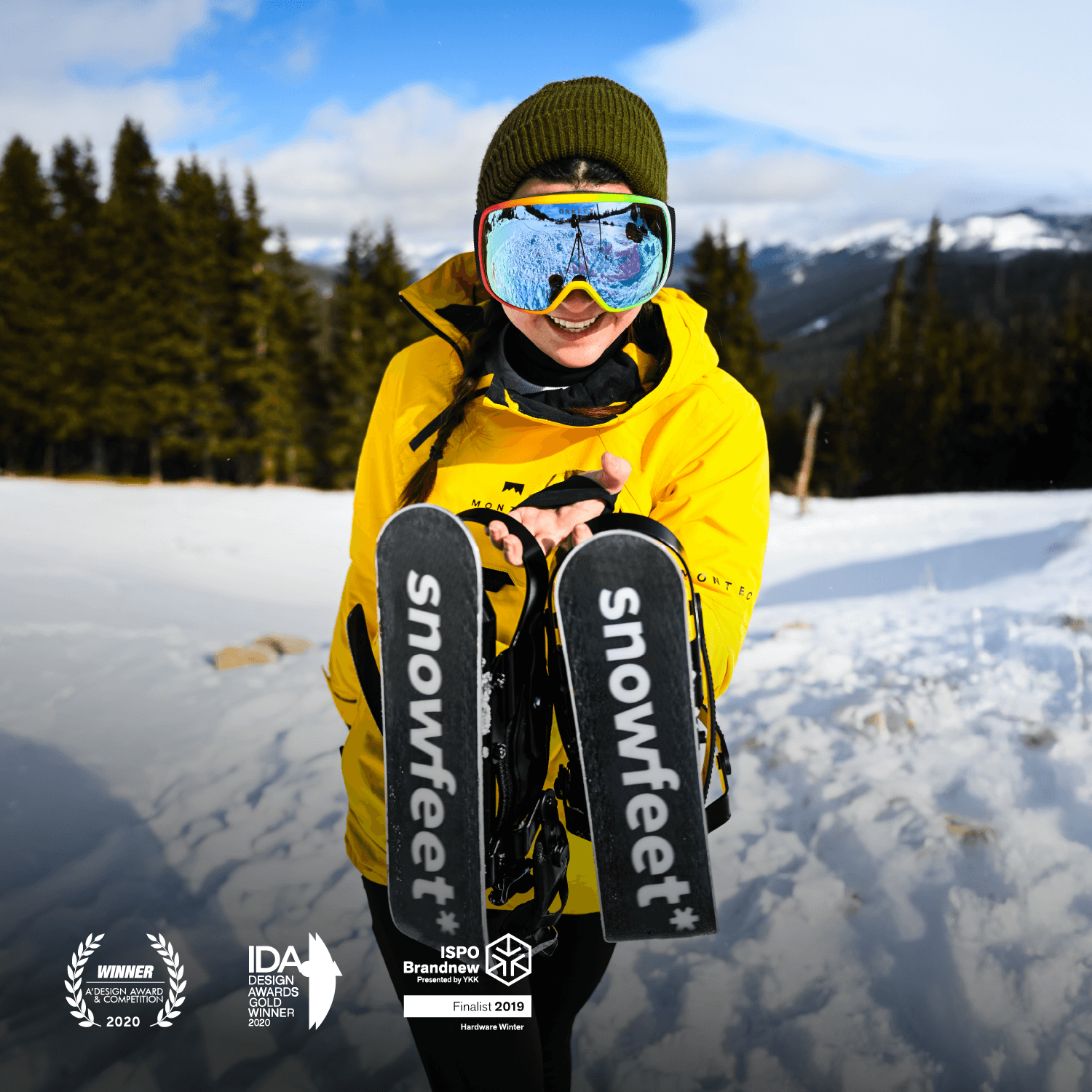
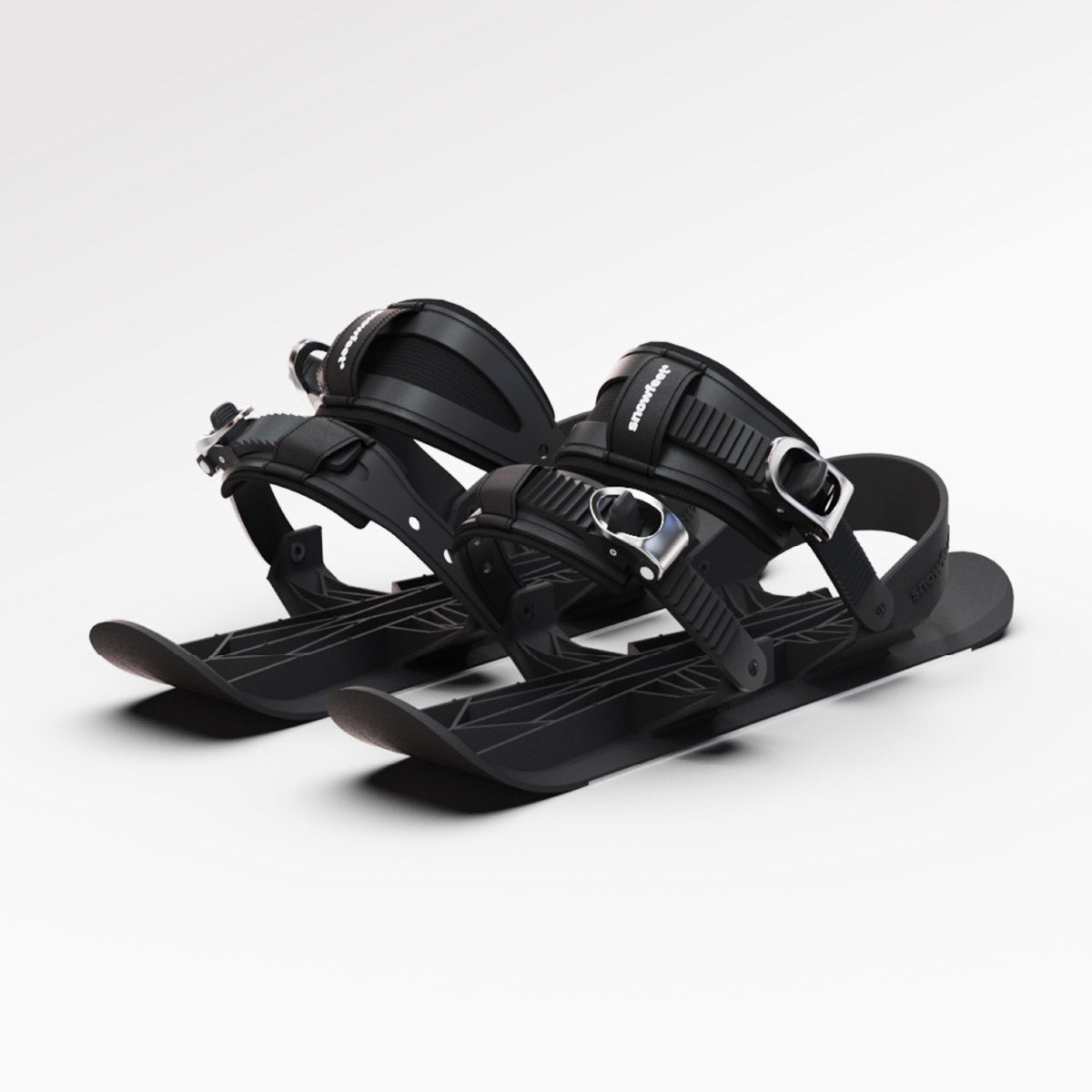

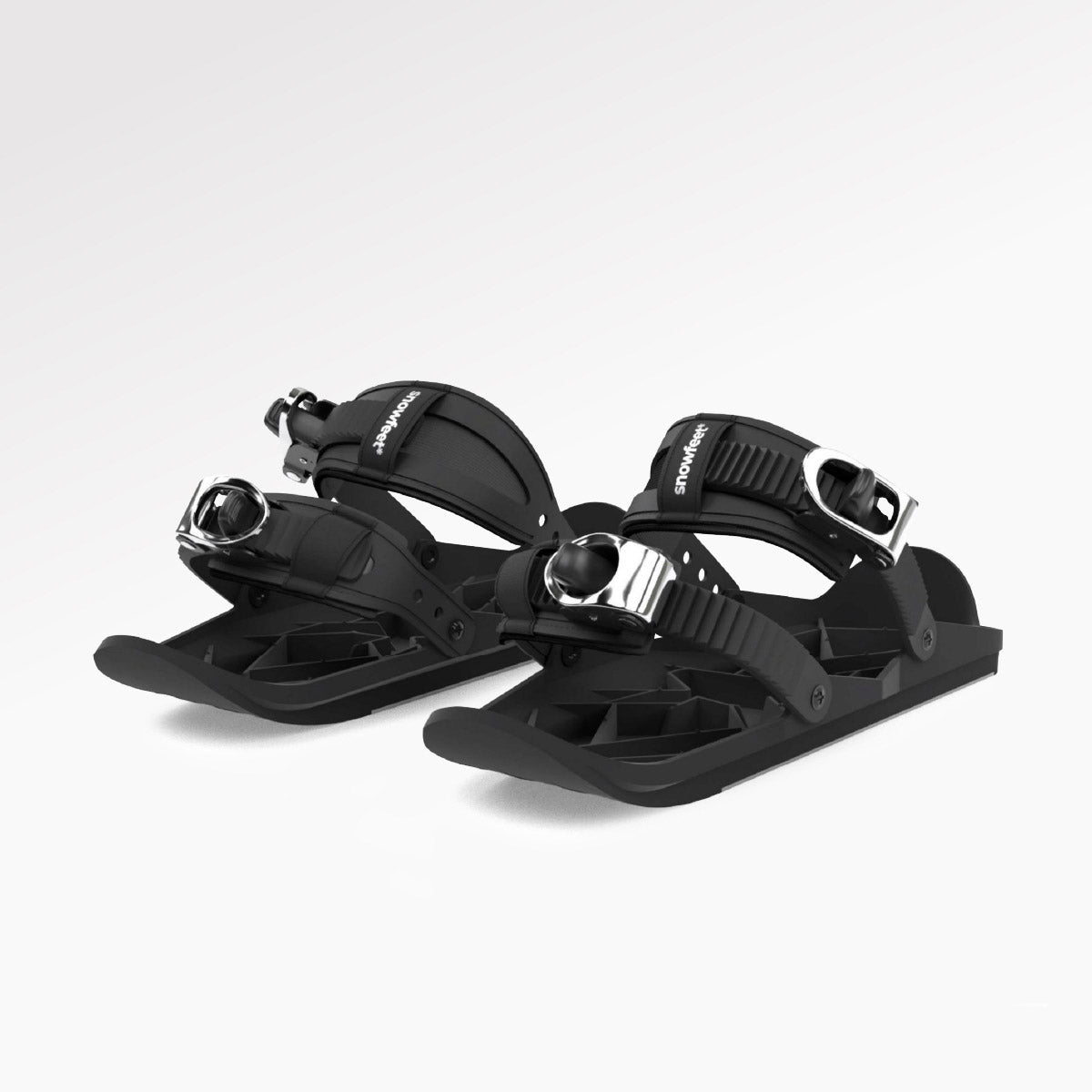
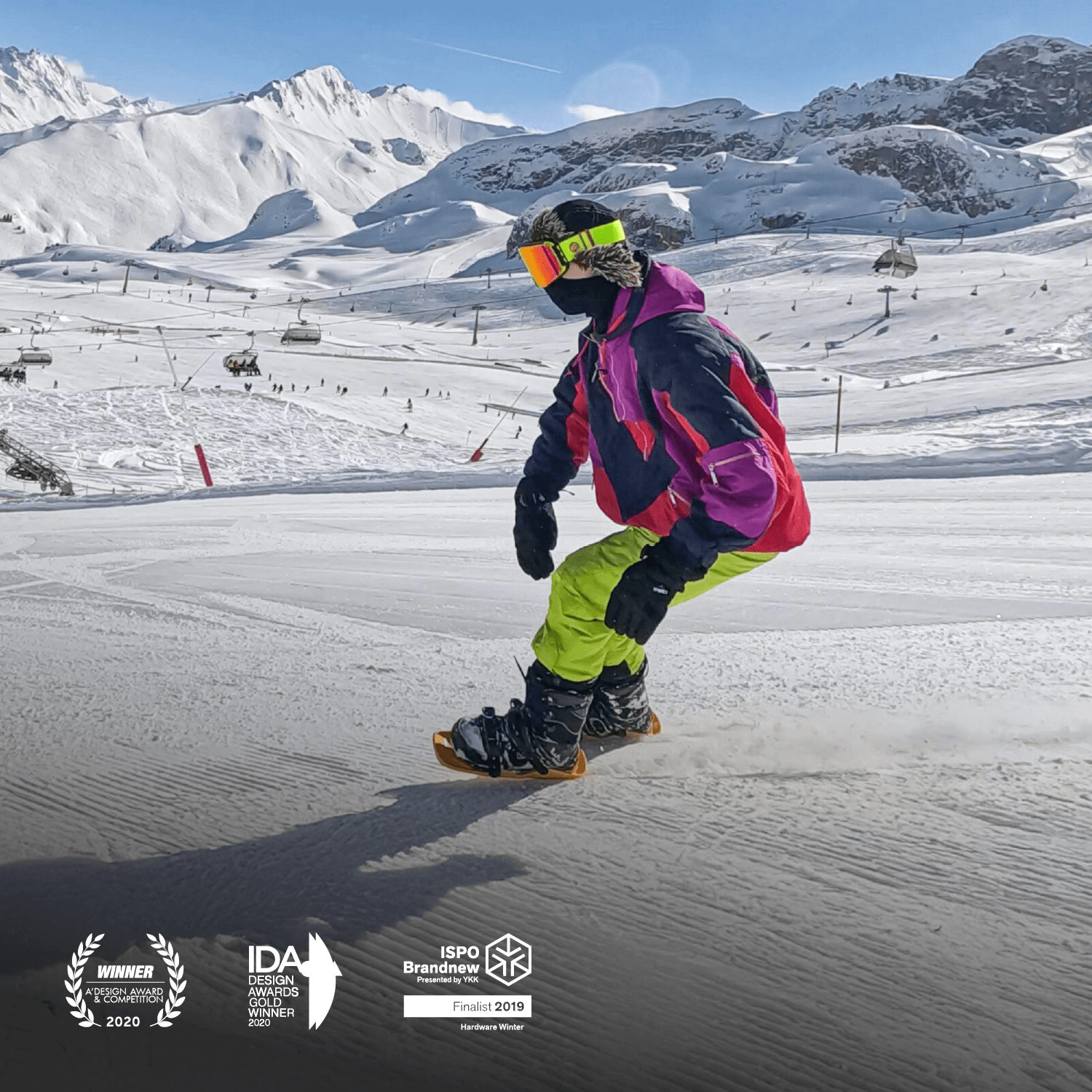


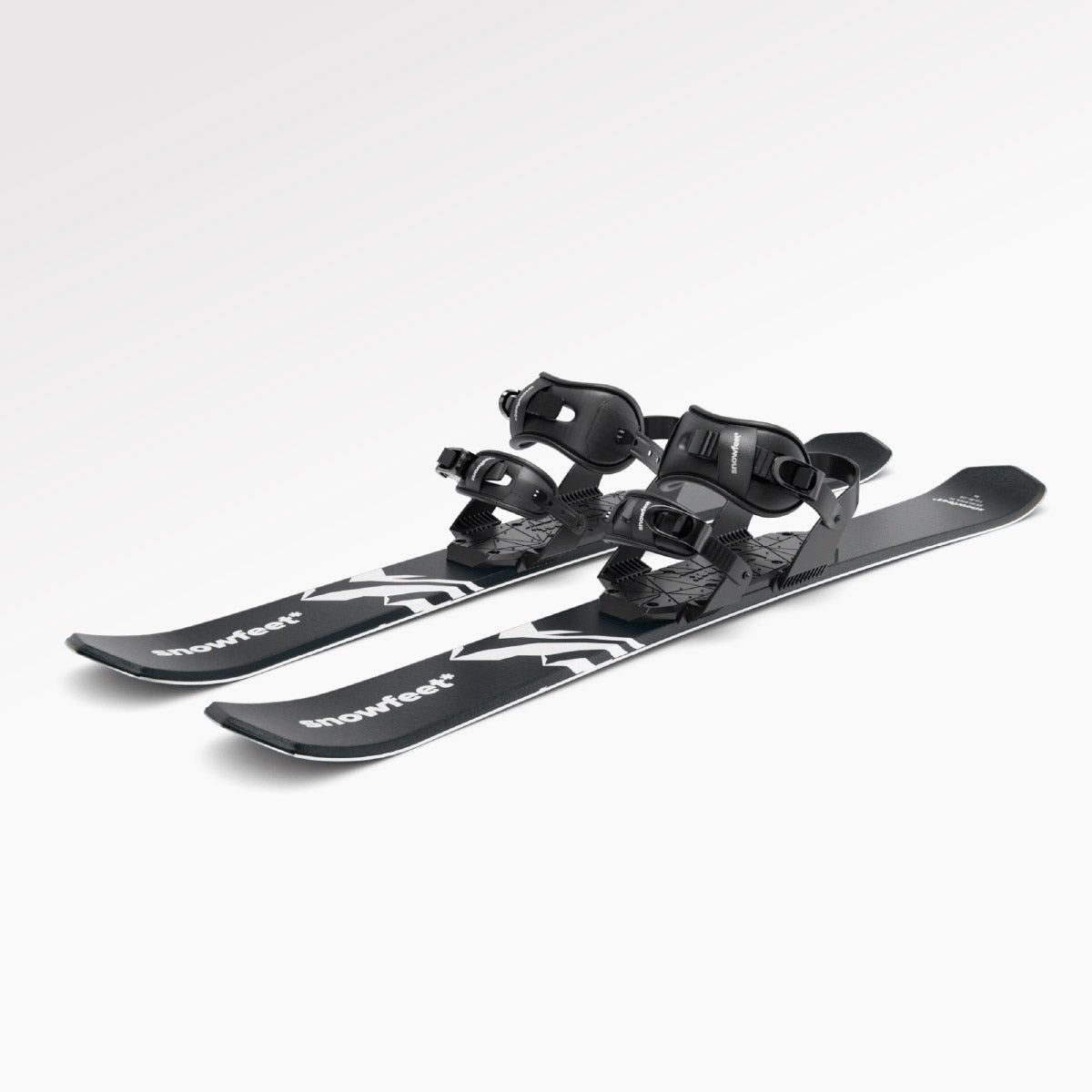
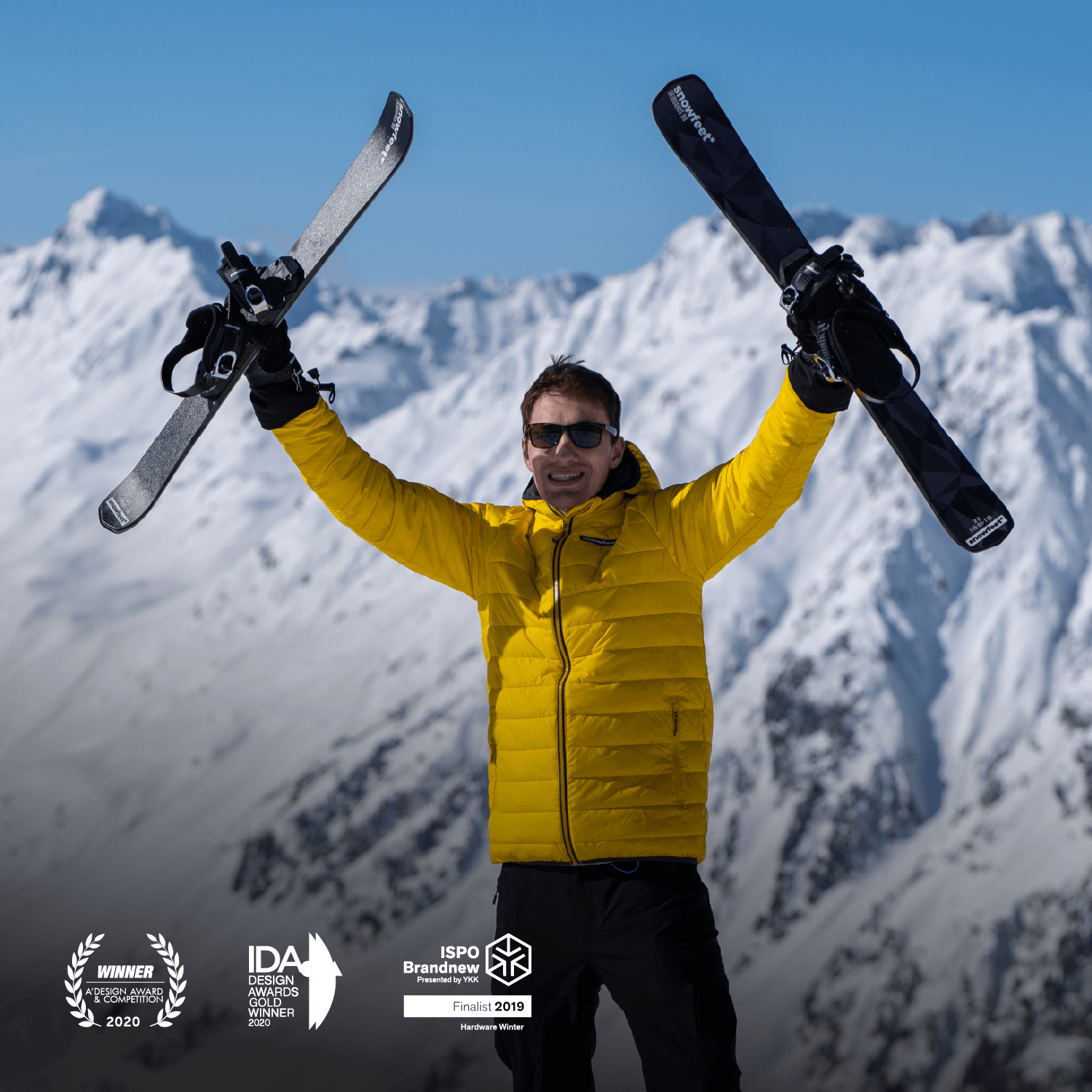
Leave a comment
This site is protected by hCaptcha and the hCaptcha Privacy Policy and Terms of Service apply.